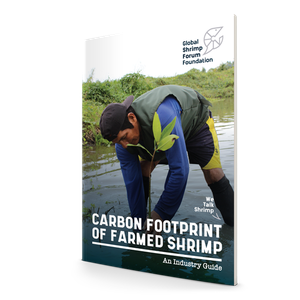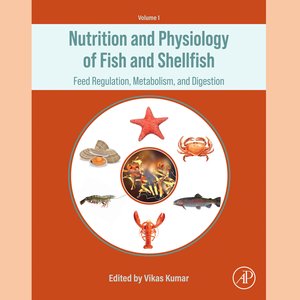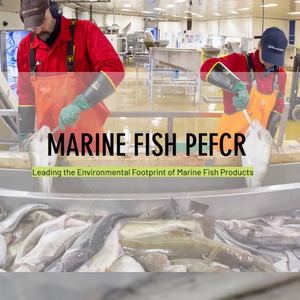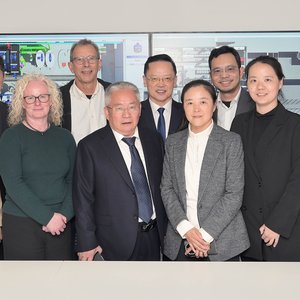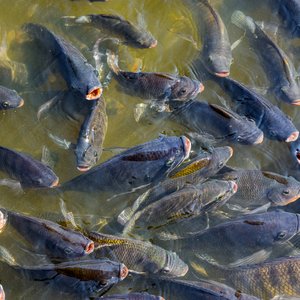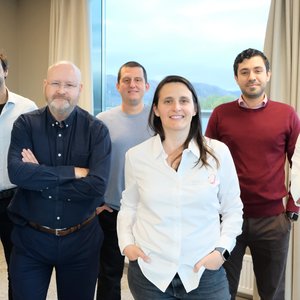The annual monitoring program on Norwegian fish feed and feed ingredients has been performed on behalf of the Norwegian Food Safety Authority (NFSA). The NFSA analyses the samples for a number of undesirable substances, bacteria, additives and nutrients.
Anne-Katrine Lundebye, researcher from Norwegian Institute of Marine Research (Havforsknings instituttet; HI) mentioned: “What is new in the 2024 report is that we have included unwanted substances (emerging contaminants) that have not been analyzed in this monitoring program before.”
Among other things, grow-out feed, which provides the fish with nutrients for rapid and healthy growth, was analyzed for a number of brominated flame retardants and chlorinated naphthalenes. Brominated flame retardants are chemicals that make various materials less flammable. Chlorinated naphthalenes are used as solvents in industry. Such substances are found in the environment and can therefore also be present in feed and food.
Only one of these emerging contaminants was found. It was tribromanisol, a substance that is formed when the flame retardant tribromophenol breaks down. In this sense, Lundebye said: “The European Food Safety Authority (EFSA) is requesting more data on bromophenols and chlorinated naphthalenes in food and feed. Data from us can be used in their work towards any future risk assessments for such substances.”
The researchers also examined the levels of undesirable substances in feed for salmonids at different life stages. They reported that the levels of arsenic, mercury and cadmium were below the limit values in all samples, but they were clearly higher in starter feed than in smolt feed and grow-out feed. Lundebye added to this: “One explanation may be that starter and smolt feed contain more marine ingredients than the various grow-out feeds do. It is known that the levels of the aforementioned substances are typically higher in marine raw materials than in plant-based raw materials.”
This year, researchers used an improved method to analyze fish feed for per- and polyfluoroalkyl substances (PFAS). This is a numerous group of man-made environmental toxins that do not disappear from the environment once they have entered it. A total of 99 fish feeds were examined for different types of PFAS:
- Perfluorooctane sulfonamide (FOSA), which is a type of PFAS, was found in 73% of starter feeds, in 54% of smolt feeds and in 27% of grow-out feeds.
- Other types of PFAS detected in feeds were PFNA, PFOA, PFOS, PFBS and PFDS.
In addition, FOSA was found in measurable concentrations in 88% of the fishmeal samples. No PFAS were found in insect meal, insect oil, algae oil, krill meal or yeast, and only in a few samples of vegetable meal. Lundebye said: “Nowadays, upper limit values for PFAS have been established in food, including fish, but not for feed or feed ingredients.”
In terms of pesticides, fish feed and plant-based ingredients were analyzed. These are substances that are used against harmful, living organisms, for example, in plant protection. The highest levels of both cypermethrin and deltamethrin were found in a sample of plant meal, specifically wheat gluten. The insecticide chlorpyrifos was found in all of the analyzed feed samples, but in very low concentrations. This is a substance that is no longer authorized for use in the EU, but which may still be present in the environment due to previous use.
In contrast to previous years, no traces of the additive ethoxyquin (EQ) were found in the complete feed analyzed.
These monitoring data on contaminants in fish feed and feed ingredients are important for risk assessment authorities and for generating occurrence data, which is required for setting future maximum levels for unregulated contaminants in feed ingredients and fish feed.
Find more information here.




